Investment Casting:An Overview
1. What is Investment Casting?
Investment casting, also known as lost-wax casting, is a precision manufacturing process used to create complex metal parts with high dimensional accuracy and fine surface finishes. This process involves creating a wax pattern, coating it with a ceramic shell, melting out the wax, and then pouring molten metal into the shell to form the final part.
1.1. How Does the Investment Casting Process Work?
The investment casting process consists of several key steps:
Wax Pattern Creation: A wax pattern is made, replicating the desired final product.
Assembly: The wax patterns are attached to a central wax sprue to form a tree-like assembly.
Shell Building: The wax assembly is dipped in ceramic slurry and coated with fine sand to build a ceramic shell.
Wax Removal: The ceramic shell is heated to melt and drain the wax, leaving a hollow ceramic mold.
Metal Pouring: Molten metal is poured into the ceramic mold.
Cooling and Solidification: The metal is allowed to cool and solidify within the mold.
Shell Removal: The ceramic shell is broken away to reveal the metal casting.
Finishing: Final touches such as machining, surface treatment, and inspection are performed.
1.2. What Types of Materials Can Be Used in Investment Casting?
Investment casting can utilize a wide variety of materials, including:
Stainless Steel: For corrosion-resistant and high-strength parts.
Carbon Steel: For general-purpose applications.
Alloy Steel: For parts requiring specific mechanical properties.
Aluminum Alloys: For lightweight and corrosion-resistant components.
Nickel Alloys: For high-temperature and corrosion-resistant applications.
Bronze and Brass: For decorative and functional parts.
1.3. What Are the Size Limitations in Investment Casting?
Investment casting is versatile in terms of part size, but there are some limitations:
Small to Medium Parts: Typically ranging from a few grams to several kilograms.
Complex Geometries: Suitable for intricate and detailed designs.
Large Parts: Investment casting can accommodate larger parts, but size and weight may be limited by the capabilities of the foundry.
1.4. What is the Range of Surface Coatings for Investment Castings?
Investment castings can be finished with various surface coatings to enhance performance and appearance:
Electroplating: For improved corrosion resistance and aesthetic appeal.
Anodizing: Specifically for aluminum parts to enhance corrosion resistance and surface hardness.
Powder Coating: For a durable and decorative finish.
Painting: For additional protection and customization.
1.5. What Are the Dimensions Accuracy and Roughness in Investment Casting?
Investment casting offers high dimensional accuracy and fine surface finishes:
Dimensional Accuracy: Typically within ±0.005 inches (±0.127 mm) per inch.
Surface Roughness: Achievable surface finishes range from 125 to 250 microinches Ra (3.2 to 6.3 µm).
2. What Are the Quality Measuring Methods for Investment Castings?
Ensuring the quality of investment castings involves several inspection methods:
Dimensional Inspection: Using precision measuring tools and coordinate measuring machines (CMM).
Non-Destructive Testing (NDT): Techniques such as X-ray, ultrasonic testing, and dye penetrant inspection to detect internal and surface defects.
Material Testing: Chemical and mechanical testing to verify material properties.
Visual Inspection: Checking for surface defects and overall appearance.
3. What Are the Tool Costs for Investment Casting?
Tooling costs for investment casting can vary:
Wax Patterns: Creating the initial wax pattern molds can be expensive but is offset by the ability to produce multiple parts.
Shell Building Equipment: Investment in equipment for building ceramic shells.
Overall Cost: While initial tooling can be high, the cost per part decreases with higher production volumes.
4. What Are the Benefits of Investment Casting?
Investment casting offers numerous advantages:
High Precision: Excellent dimensional accuracy and intricate detail.
Versatility: Wide range of materials and complex geometries.
Surface Finish: Fine surface finishes reduce the need for additional machining.
Reduced Waste: Efficient use of materials, leading to minimal waste.
4.1. What Are the Applications of Investment Casting?
Investment casting is used in various industries, including:
Aerospace: For high-precision engine and structural components.
Automotive: For complex and lightweight parts.
Medical: For surgical instruments and implants.
Industrial: For machinery parts and tools.
Art and Jewelry: For detailed and custom designs.
4.2. What Should Be Considered When Choosing Investment Casting?
Considerations when choosing investment casting include:
Part Complexity: Best suited for complex and intricate designs.
Material Requirements: Ensure the material used meets the application’s demands.
Production Volume: Higher volumes can offset initial tooling costs.
Lead Time: The process involves multiple steps, which can affect lead time.
5. How Does Investment Casting Compare with Other Processing Methods?
Investment casting vs. other methods:
Sand Casting: Investment casting offers higher precision and surface finish but at a higher cost.
Die Casting: Investment casting allows for more complex geometries and materials but is typically slower and more expensive.
Machining: Investment casting can produce near-net-shape parts, reducing the need for extensive machining.
6. Why Choose Welleshaft for Your Investment Casting Needs?
Choosing Welleshaft for investment casting provides several benefits:
Expertise: Extensive experience and knowledge in precision casting.
Quality Assurance: Rigorous quality control measures ensure high standards.
Customization: Ability to produce custom parts to meet specific requirements.
Advanced Technology: Utilization of modern techniques and equipment for superior results.
Customer Service: Dedicated support throughout the entire process, from design to delivery.
By understanding the intricacies and advantages of investment casting, you can make informed decisions for your manufacturing needs, ensuring the best quality and performance for your products.

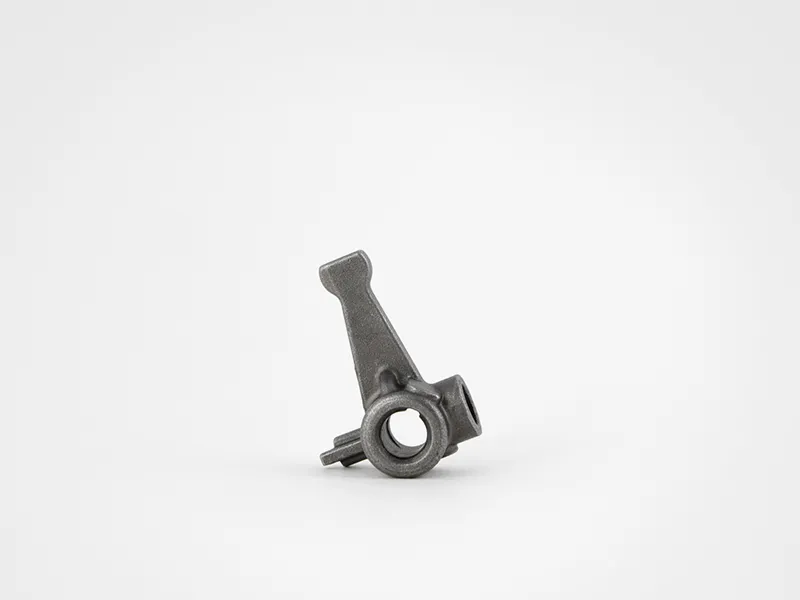
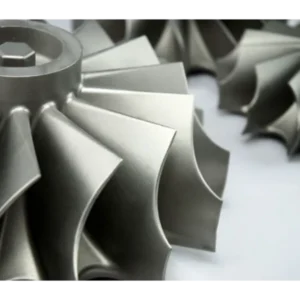
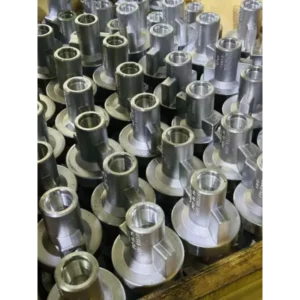
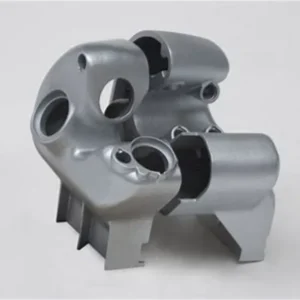
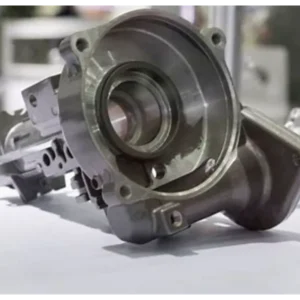
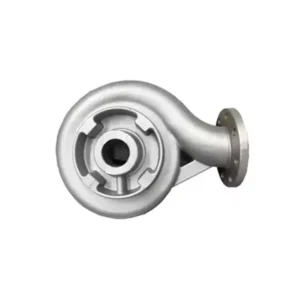
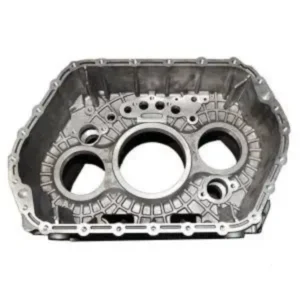
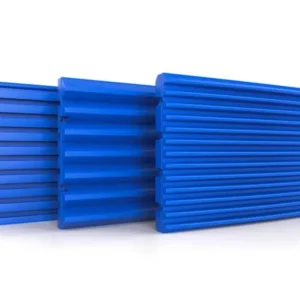
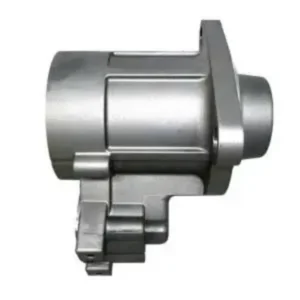
Reviews
There are no reviews yet.